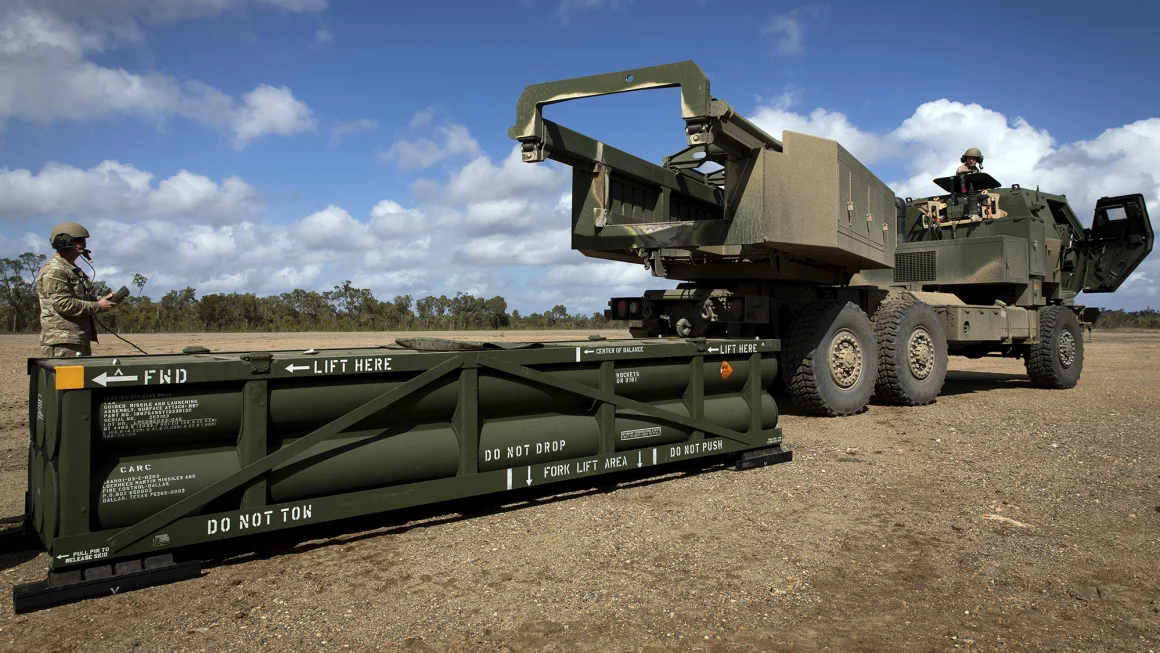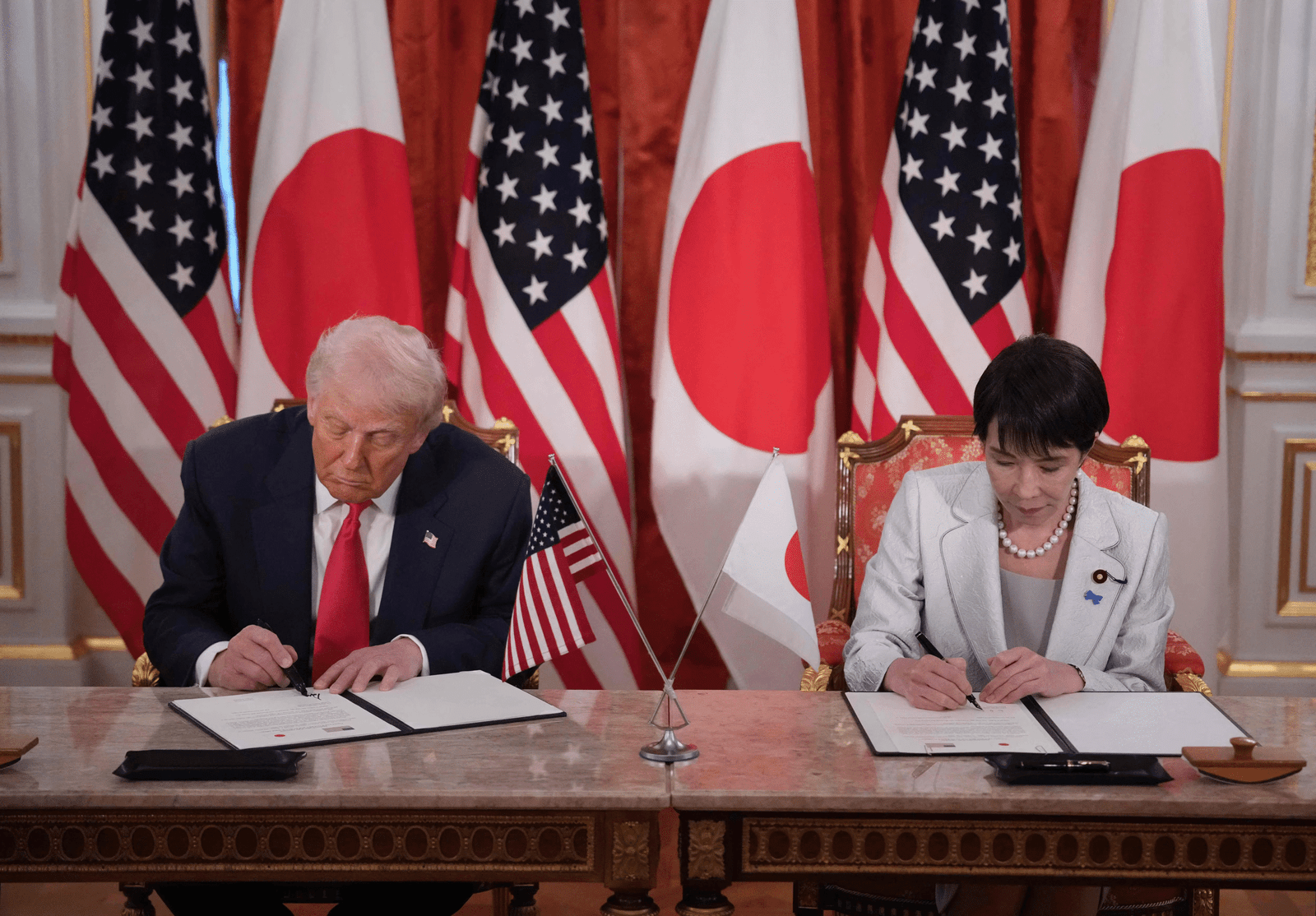The term “escalation” has gained prominence in discussions around Ukraine’s strikes on Russian soil. However, this concept can oversimplify the complex dynamics of the war. When Ukraine conducts operations within Russian territory, using advanced weapons provided by Western allies like the U.S., the immediate reaction often focuses on fears of a tit-for-tat cycle escalating into broader conflict. Yet, evidence suggests a more nuanced reality.
Ukraine’s rationale for targeting Russia includes disrupting supply chains, undermining military infrastructure, and deterring future aggression. These strikes, while provocative, aim to create strategic advantages rather than trigger unrestrained escalation. For instance, Ukrainian operations targeting logistical hubs have slowed Russian advances but have not significantly altered the battlefield balance. Similarly, Russia’s retaliatory actions remain calculated and largely conventional, likely influenced by its focus on maintaining internal stability and avoiding direct NATO involvement
U.S. involvement, particularly the approval of long-range missiles, has drawn criticism for potentially crossing “red lines.” However, history has shown that Russia often refrains from dramatic escalation, partly due to its own limitations and broader geopolitical considerations. The Kremlin’s strategy appears to favor endurance and attritional warfare over outright escalation
Experts argue that framing these developments solely through the lens of “escalation” risks ignoring the broader context of Ukraine’s fight for sovereignty and the strategic restraint demonstrated by both sides. While escalation risks exist, they remain mitigated by the clear strategic boundaries both NATO and Russia seem unwilling to cross











